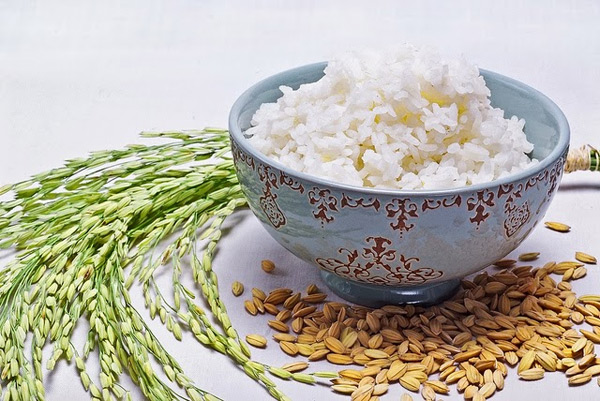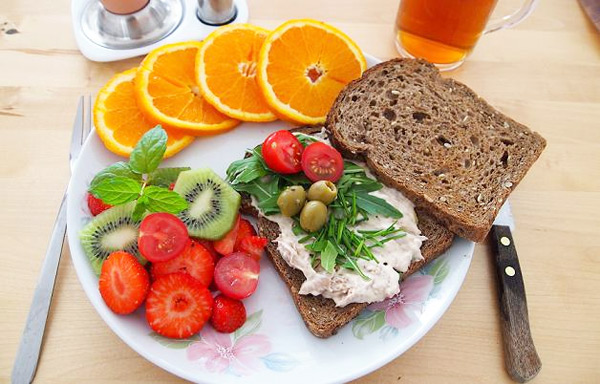
When infected with the HIV virus the body’s defence system – the immune system – works harder to fight infection. This increases energy and nutrient requirements. Further infection and fever also increase the body’s demand for food.
One of the consequences of HIV and other infections is that since the gut wall is damaged, food does not pass through properly and is consequently not absorbed. Diarrhoea is a common occurrence in people with HIV/AIDS. When a woman has diarrhoea the food passes through the gut so quickly that it is not properly digested and fewer nutrients are absorbed. Reduced food intake and absorption lead to weight loss and malnutrition. One of the possible signs of the onset of clinical AIDS is a weight loss of about 6-7 kg for an average adult. When a person is already underweight, a further weight loss can have serious effects.
Problems can be related to HIV infection itself and to the effects of anti-HIV therapy, also called HAART (highly active antiretroviral therapy).
Check out the Nutritional Rules.

- Eat more staple foods such as rice, maize, millet, sorghum, wheat, bread, potatoes, sweet potatoes, yams and bananas.
- Increase intake of beans, soy products, lentils, peas, groundnuts, peanut butter and seeds, such as sunflower and sesame.
- Include all forms of meat, poultry, fish and eggs as often as possible. Minced meat, chicken and fish are easier to digest. Offal (such as kidney and liver) can be the least expensive source.
- Eat snacks regularly between meals. Good snacks are nuts, seeds, fruit, yoghurt, carrots, cassava crisps, crab crisps and peanut butter sandwiches. With at least three meals a day and snacks in between, there is less likelihood of malnutrition or weight loss.
- Slowly increase the fat content of the food by using more fats and oils, as well as eating fatty foods – oilseeds such as groundnuts, soy and sesame, avocados and fatty meat. If problems with a high fat intake are experienced (especially diarrhoea), reduce the fat intake until the symptoms are over and then gradually increase it to a level that the body can tolerate.
- Introduce more dairy products such as full-cream milk, sour milk, buttermilk, yoghurt and cheese into the diet.
- Add dry milk powder to foods such as porridge, cereals, sauces and mashed potatoes. However, do not use coffee and tea whiteners, which do not have the same nutritional benefits as milk. Note that some people may find milk difficult to digest. It should be avoided if it causes cramps, a feeling of being full or skin rashes.
- Add sugar, honey, jam, syrup and other sweet products to the food.
- Make meals as attractive as possible.
Caretakers should ensure that sick members of the family are given preference, fed more frequently and receive extra servings to maintain their weight and strength. Food should be served in an attractive way.
Reference:
